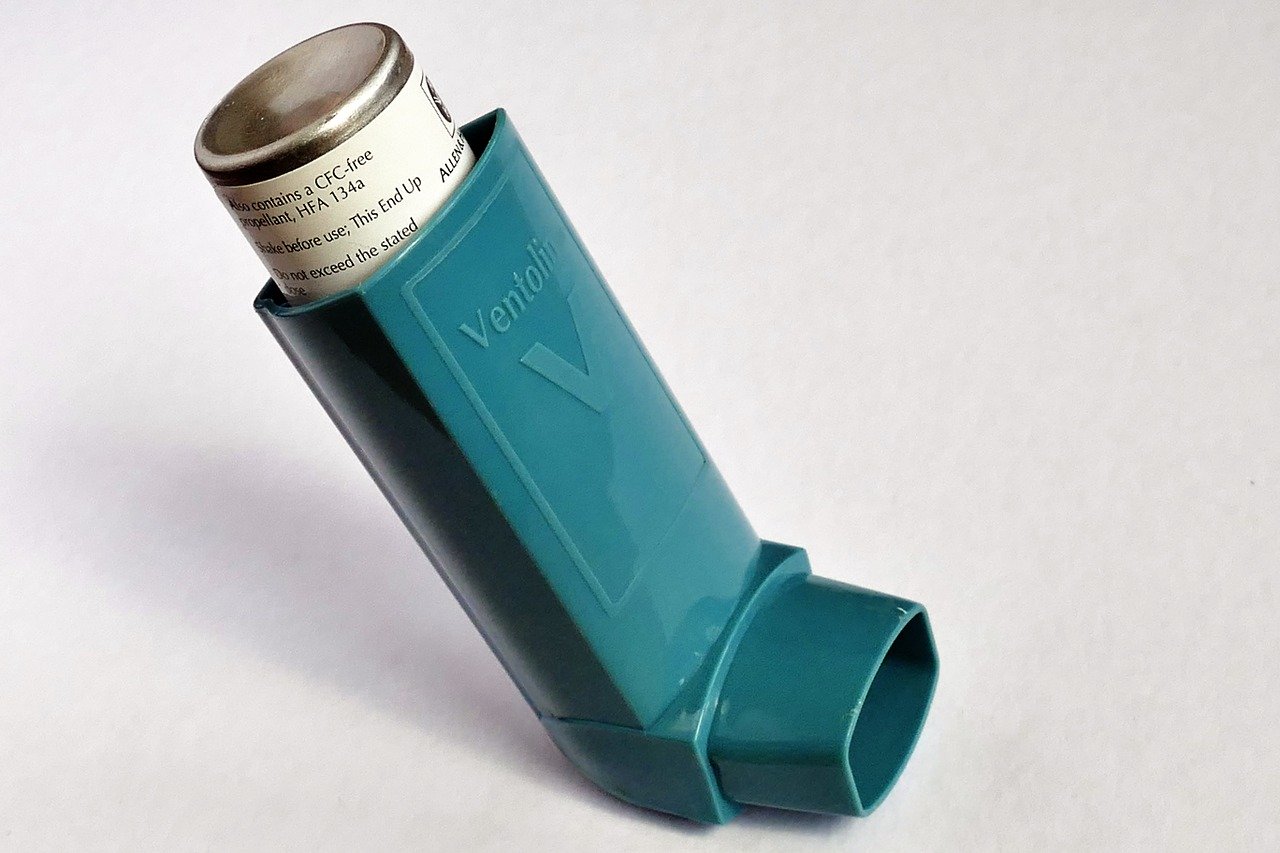Air filters remove dust particles, micro-organisms and dirt from air. The filters have different applications where they are used in commercial, medical and industrial sectors. There are many types of filters in the market with the most common being:
HEPA
HEPA is an acronym for High Efficiency Particulate Air. The technology was developed during the Second World War where it was used in removing radioactive dust from air. In modern times, the filters are used in households where they have the ability of removing particles that are as small as 0.1 microns.
Particles that the filters are able to catch and remove include: dust mites, mold spores, dust, bacteria, and pollen.
It’s good to note that HEPA filters don’t remove chemical fumes, odors, viruses, and cigarette smoke. To catch and remove these particles, it’s recommended that you buy a HEPA filter with activated carbon.
You should regularly replace these filters as the captured micro-organisms can reproduce thus becoming a health hazard.
When particles get into contact with anions, they de-ionize and are removed from the air stream.
The cool thing with them is that they remove particles that are as small as 0.01 microns. They are also able to sterilize bacteria, smoke, viruses and other toxic fumes. They are loved by many people as they function without causing any noise.
While the units remove the particles from air, the removed particles aren’t removed from the room-they land on the floor, furniture and walls thus you have to go back and clean the floor and walls.
Studies have shown that the units produce ozone as a by-product. This puts your lungs at risk when you directly inhale ozone.
Activated carbon filters
They are activated using oxygen which opens carbon pores making the filters highly absorbent. As air passes through the filters, the activated carbon absorbs the gasses and odors thus neutralizing them. The filters are able to remove odors, chemicals, smoke, and air gases.
Unlike ionizers, these filters don’t release contaminants back into the air. The main flaw with them is that they don’t remove micro-organisms, dust and other allergens.








